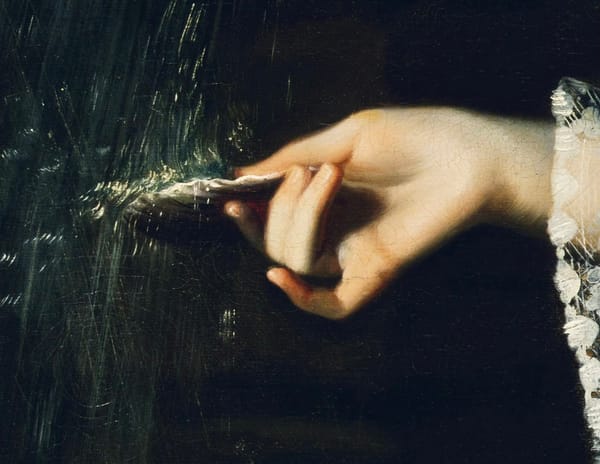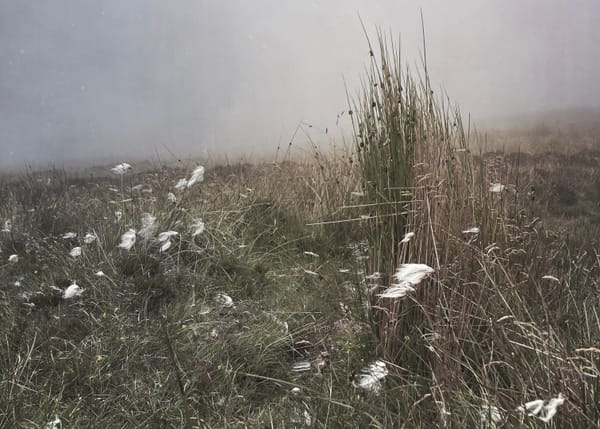High Island Field Notes
travel verse for the new flower moon

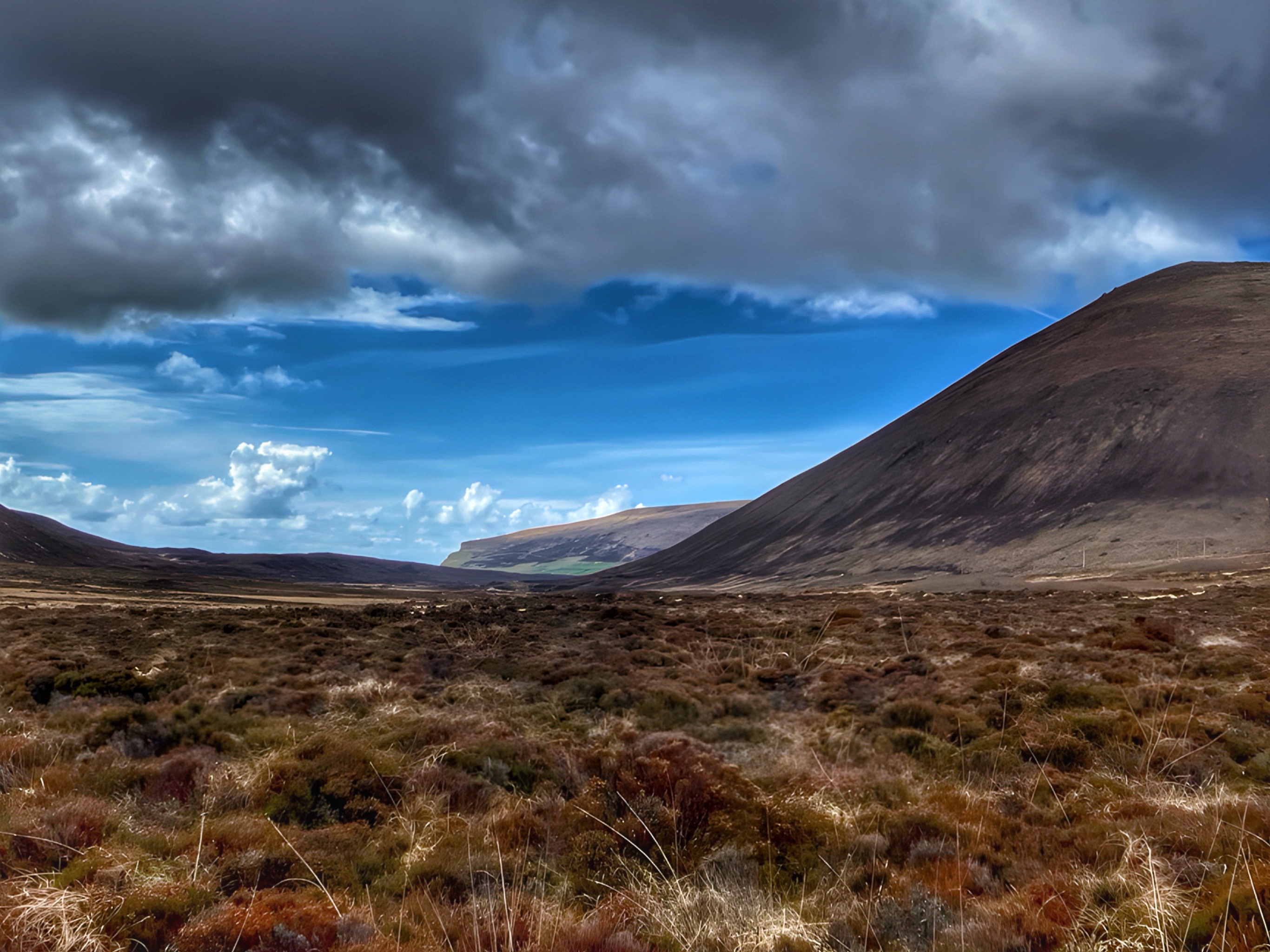
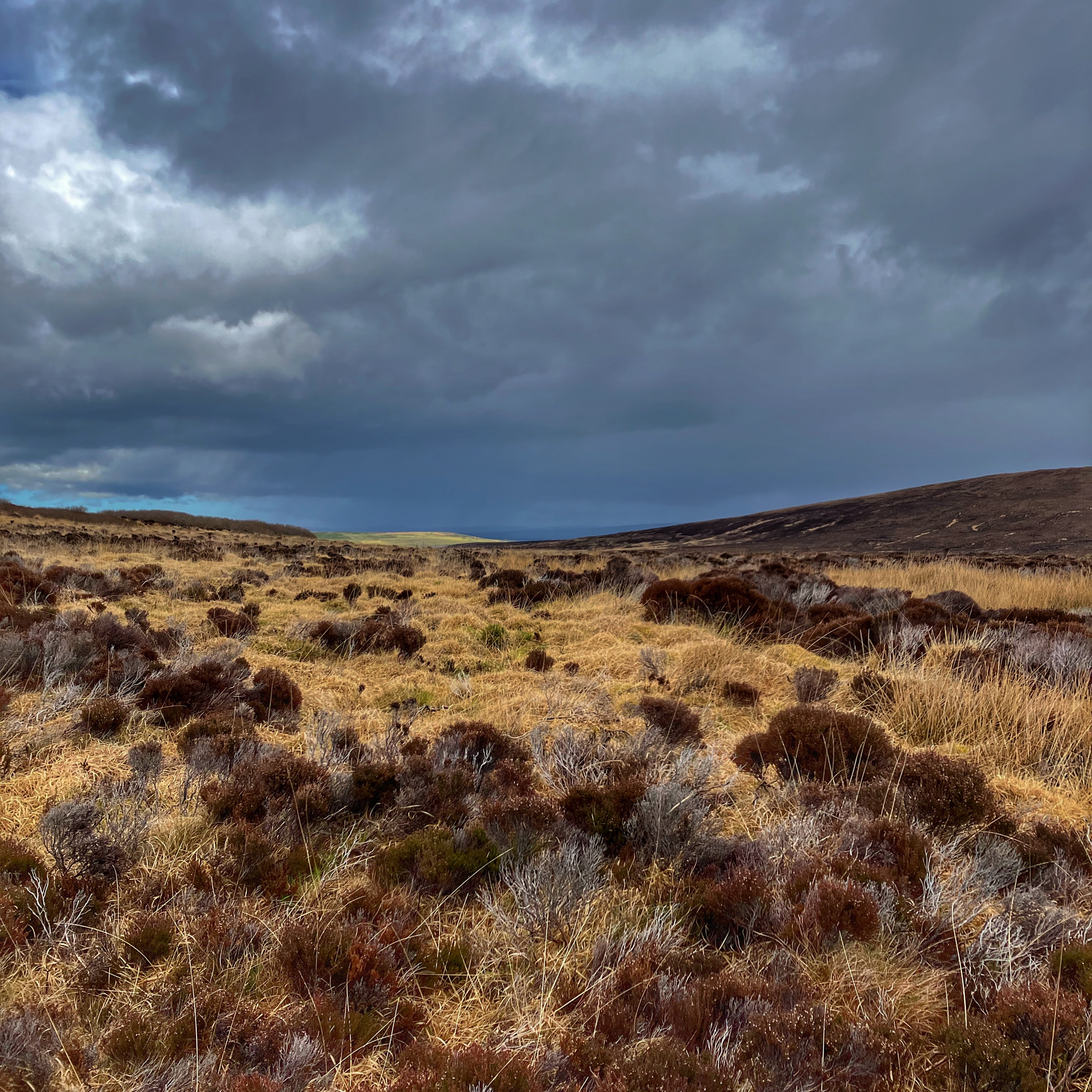
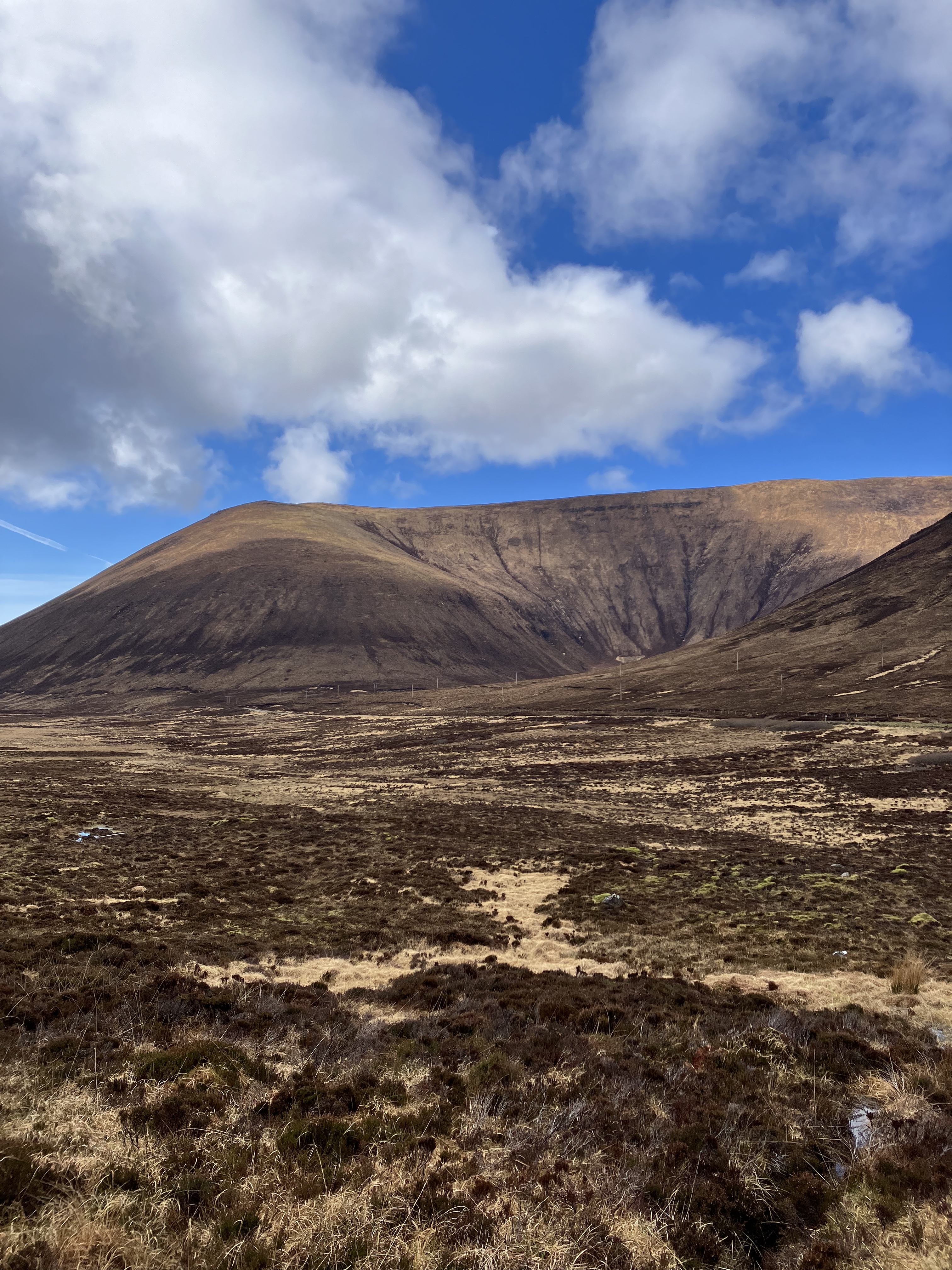
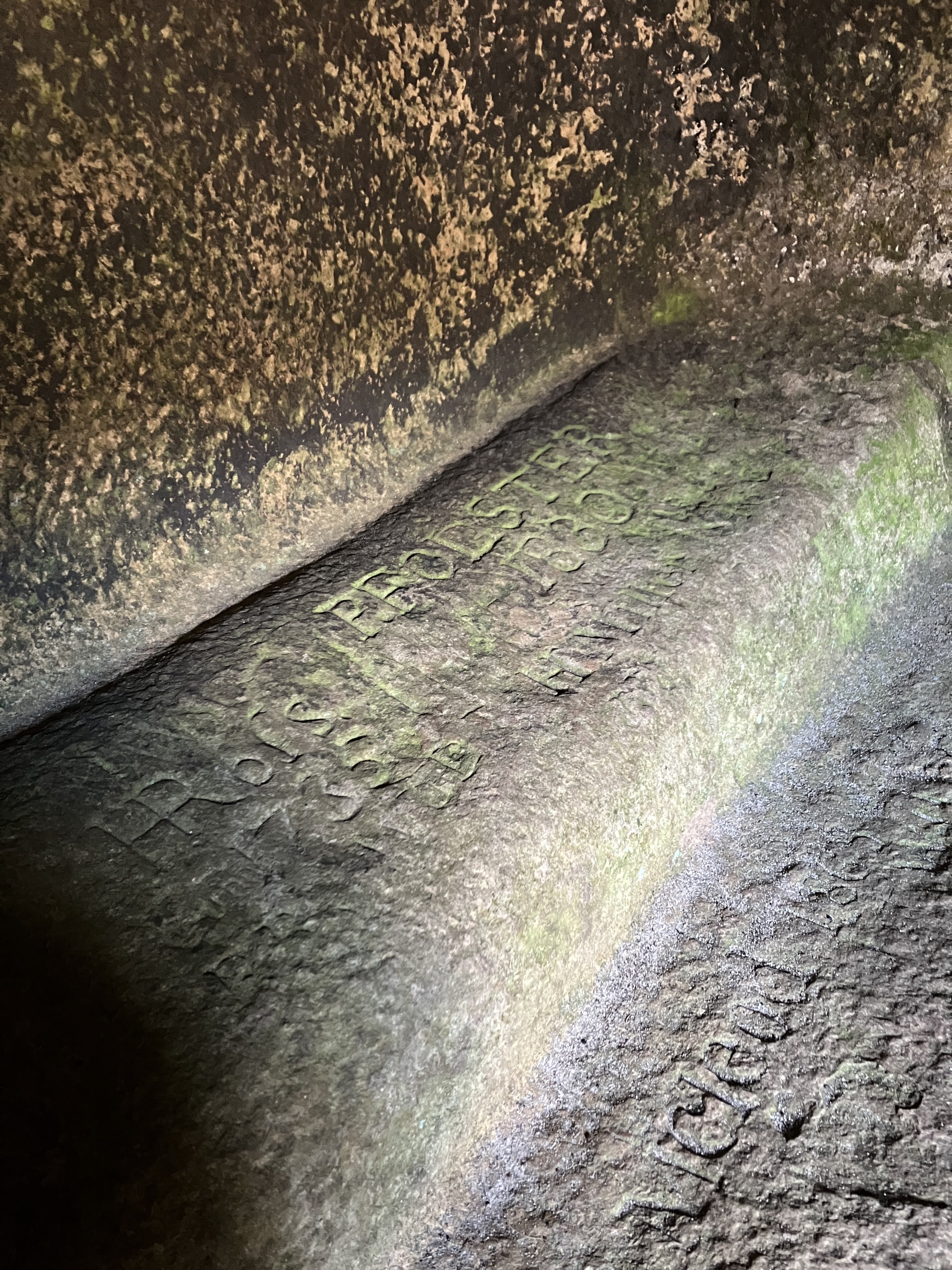
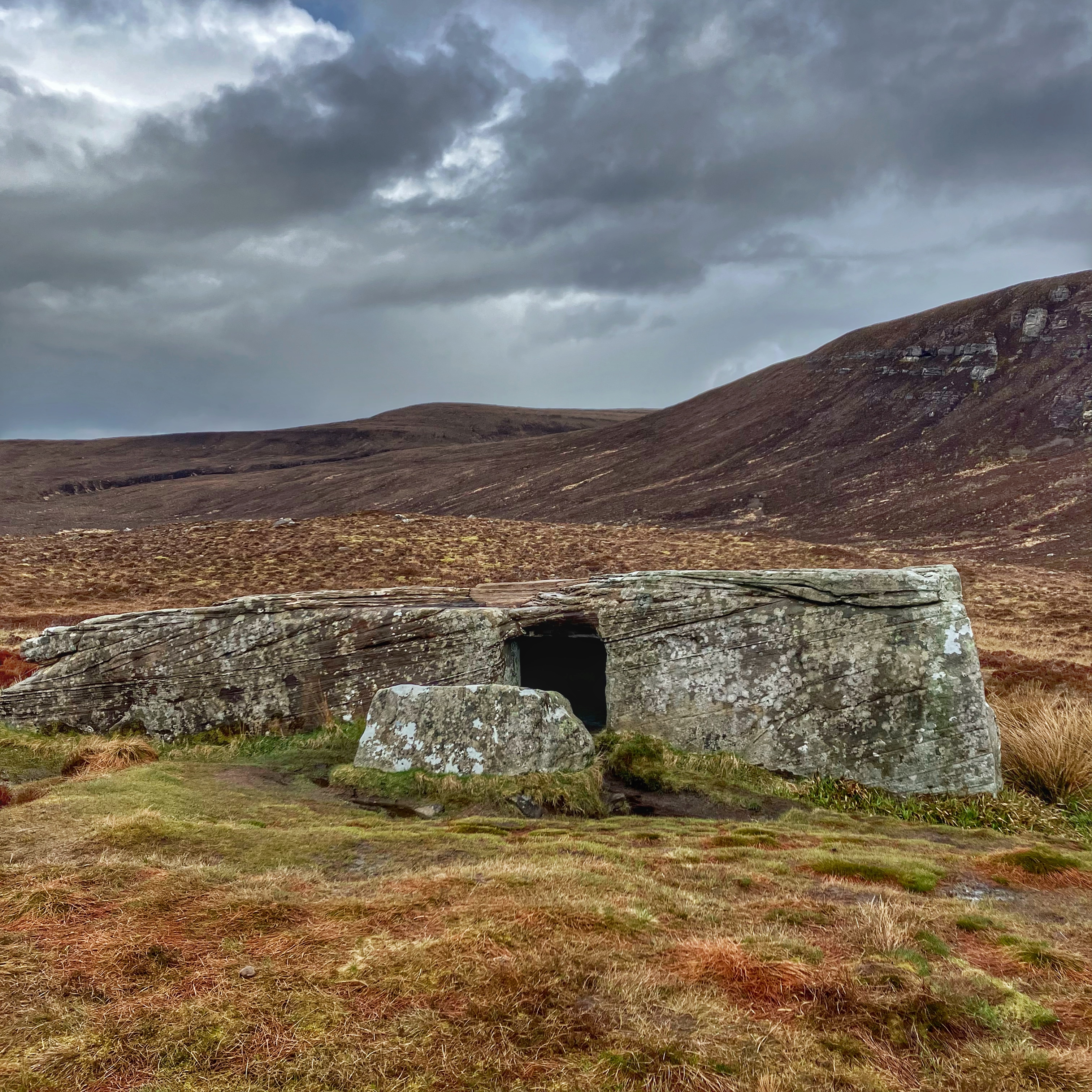
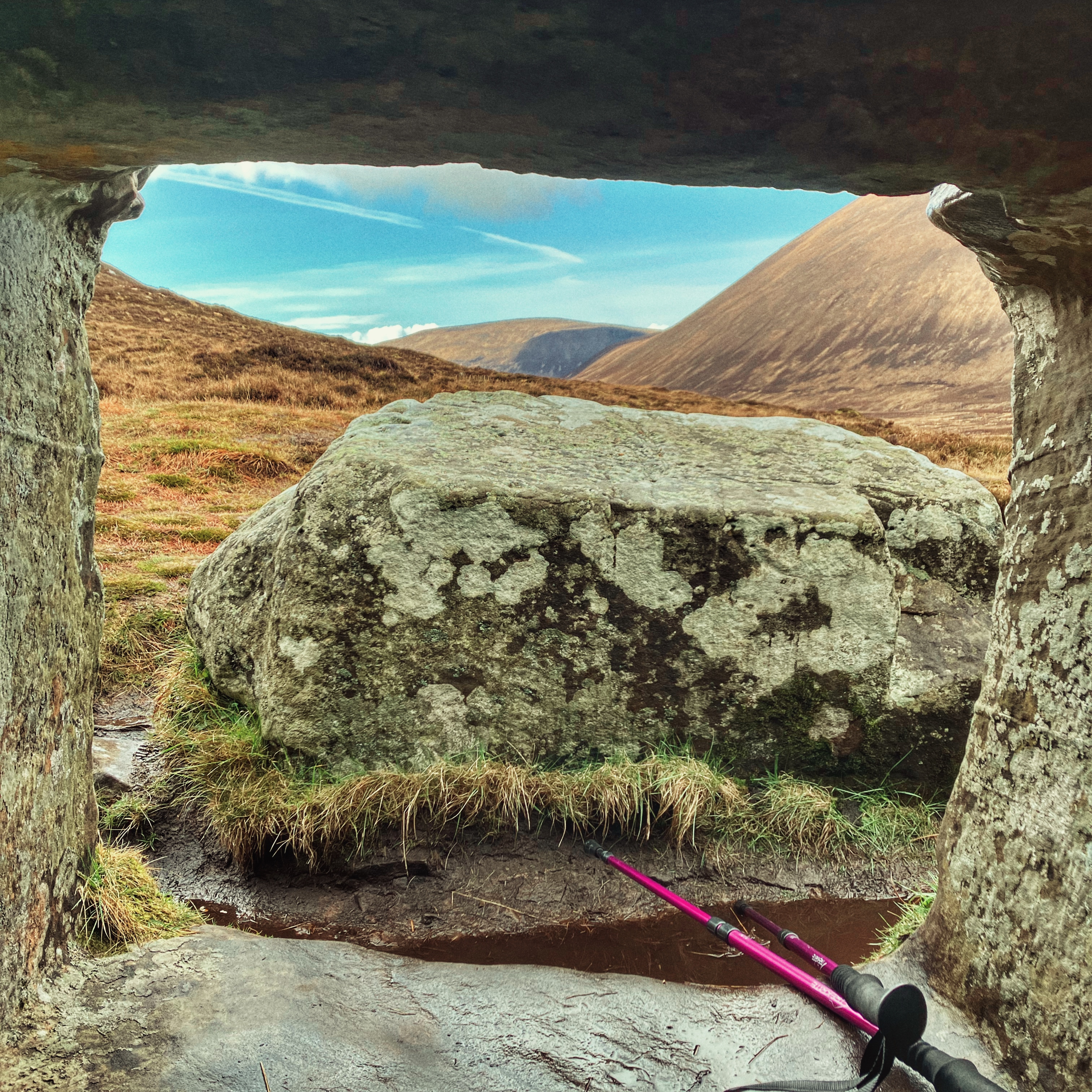
Below, I have recorded myself reading this poem for my paid subscribers. Consider upgrading to paid to support the free posts and to have access to exclusive content!
Hoy Field Notes, a poem
Text within this block will maintain its original spacing when publishedOn the ferry from Ophir on the mainland,
I travel to Hoy--High Island--across
a stretch of water called Bring Deeps.
Watergaw, an almost-rainbow,
streaks down the sky: a god
erased their work halfheartedly
before trailing sunlight through the sea
like a loosed length of shot silk.
Hoy is hard, but today there is sunlight,
and a daffodil occupation, a civilising company
softens the heft of Hoy with its concrete boxes,
the abandoned detritus of war, wrecks, and guard dogs.
South walls belongs to narcissi—a yellow road
to Cantick Head, the lighthouse, a bright overseer
of the sound, that pale inlet lapping, rip-scoured.
A bull sounds off, his sonorous moan carries
across to me as I comb the limpet strewn shore
through the bleached crunch and shift,
for a shell broken in just the right way.
Here’s a little drystone fence, a chapel and a stark
harvest of stones where mica glitters
gold. Darkness shifts in storm brew, but
here is a moment of pale blue shallows,
of translucence—sunlight over hollows
where crofts crumble into the eroding tideline.
Wine red heather bristles over the hills
in a late spring shifting to bonny mauve summer.
The moody Hammars* recline, cloud-struck
as if charred. At its height mountain hares
hunch like furred stones in the peat banks.
Soldier’s graves line the golden valley,
slabs form a white grid beside the floating cages
of salmon farms, with Cava in the distance.
Rainwater runs black through peat banks.
This blue blood is called peat-brew. Pegal burn
tumbles to the emerald sea. Betty’s* grave in the blond
bog-scrub above the peat banks. A tourist attraction
with a white picket fence. I don’t stop today,
done mourning the dead. I’ve come here to sing.
The Dwarvie Stane* is a low stone hut
tucked into the Hammars, a tomb
forever darkened by the hill’s bulk.
Ward Hill looms behind, gilded
with sun-brush then—just like that—
tarnished to murk beneath cloud-roil.
Ashen heather runs with ancient rain,
swelling the silt path beneath the wood slats
of the heritage path. Here is the Stane.
Inside, a wadded up pillow of yellow grass.
My voice reverberates against the low roof of stone.
Walls speckled with age and unknown hands,
hold anything said inside them. Words echo
here with importance and intimacy.
The stone has a song and if you sing it right,
it will sing it back. A cold duet forms.
Only the hummocks of red bog-moss listen.
The Hammar-gloom opens out to Rackwick,
where waves pace the steep pink cliffs.
They are a striped god of stone, cavernous,
accordion folded. The sea sidles today,
but will crash and batter tomorrow.
Dunnet Head's a low blue mass on the horizon.
It marks a place that once held me,
the rest of the wide country, to the east.
I can’t see it but I know its there.
I’ve been over Bring Deeps and back again.
Home now, to Kirkwall. A cattie face—
a short eared owl--on a fencepost
makes eye contact: a wide-eyed quine.*
*Hammars—craig jutting from a hillside in Orcadian
** Dwarvie Stane is a neolithic structure, perhaps a tomb, the enclosure hollowed out from a massive stone fallen from the Hammars above it.
*Quine—or quean, a woman or girl.
***About Betty Corrigal: The grave of Betty Corrigall is marked by a white fibreglass headstone surrounded by a small, white picket fence, surreal against the stark heather sea mist. “The Loneliest Grave in the UK” on Trip Advisor, with four stars and notes from visitors: “Sure to bring a tear to your eye,” “Cross it off your bucket list,” and “Boots needed.” Betty Corrigal once lived in Greengairs Cottage on the island of Rysa beside Gutter Sound in Scapa Flow. She became pregnant but wasn’t married. After she killed herself, neither the lairds nor the minister of the Kirk would allow her body to be buried on their lands or in the Kirkyard. She was buried near the Water of Hoy, initially in an unmarked grave. In 1933 body was disturbed by peat cutters—Betty Corrigal’s body had been preserved by the peat in the bog. The men who dug her up thought she might be a recent murder victim. In the 20th century, soldiers stationed on Hoy found her body, still preserved, and they would continue to uncover her and bury her until their officers put a stop to it. They moved her grave and put a concrete slab over it. Decades later an American tourist heard the story and commissioned the headstone. More recently, the brown tourist sign was added.

